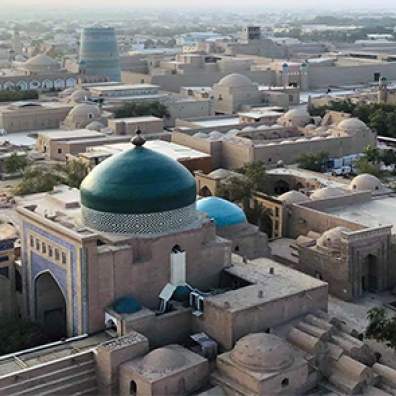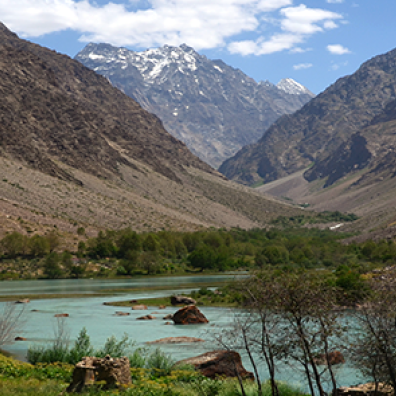CREE
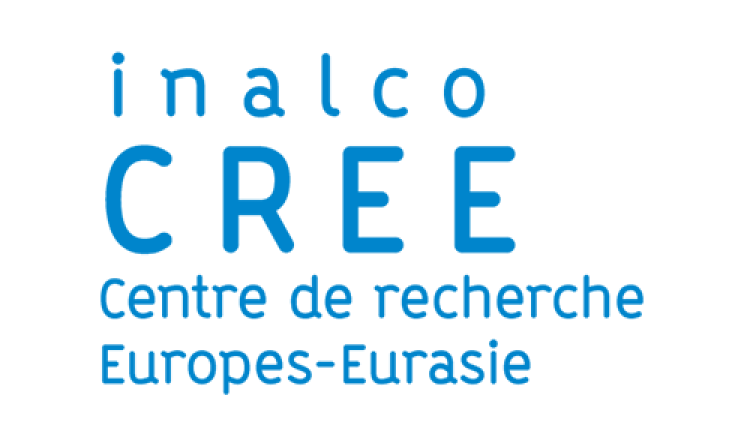
The Centre de Recherche Europes-Eurasie is one of the few centers in Europe to combine long-term historical, topical and prospective research on an area as large as Medieval and Balkan Europe, Russia and Central Asia, covering distinct but complementary disciplinary fields: literature, arts, languages, history, society, geopolitics, economics, law, environment.
The Centre de recherche Europes-Eurasie (CREE) is a research center where specialists, recognized as much for the relevance of their reflections and work as for the expert missions entrusted to them, evolve over an area as wide as Median and Balkan Europe, Russia and Central Asia. Its members have mastered linguistic, historical, social and geopolitical contexts that are little explored elsewhere, and apprehend innovative or little-explored themes by articulating transversally, within the same center, reflection on the long term and reaction to the present.
The CREE is one of the few centers in Europe to bring together, over an area as broad as Medieval and Balkan Europe, Russia and Central Asia, issues looking at long-term history, current affairs and the future, and covering distinct but complementary disciplinary fields: literature, arts, languages, history, society, geopolitics, economics, law, environment.
The founding of the CREE (2010), bringing together several pre-existing research entities, has developed new synergies and demonstrated a desire for transversality and transdisciplinarity, as demonstrated today, alongside specific projects, by common thematic axes.
Founded in January 2010, the CREE (EA 4513) is the result of the merger of three pre-existing units within Inalco, whose respective fields of research were the Balkan space, Medieval Europe and the Russian and Eurasian space. This rapprochement consolidated existing collaborations and gave rise to a genuine desire to work together, which immediately translated into a significant number of thematic axes common to the whole EA, in addition to projects specific to one component or another. Subsequently, an internal restructuring at CREE, necessary to improve the coherence of research, brought the number of components to four.
Today, benefiting fully from this pooling of skills and research issues, CREE is dominated by a desire for transversality and transdisciplinarity, amply demonstrated by its project for the 2014-2018 five-year period, where work by axes common to the whole EA is preponderant.
The components of CREE, born before or after its reorganization, and continuing to exist fully within its framework, today form the following group:
Observatory of Post-Soviet States (OEPS)
Observatory of Post-Soviet States (OEPS)
The Observatory of Post-Soviet States (OEPS), directed by Catherine Poujol and Taline Ter Minassian, works on research and analysis of regional reorganization processes in the post-Soviet space, media monitoring of political, economic and geopolitical news in the post-Soviet states, and the study of heritage and architecture in these states. OEPS coordinates regular scientific activities, publishes works, some of which have become veritable tools for understanding the "post-Soviet transition", and organizes "breakfasts" devoted to the political, economic, geopolitical news of the post-Soviet states.
Observatory of Contemporary Middle Europe
Observatory of Contemporary Middle Europe
The Observatoire de l'Europe médiane contemporaine of the Centre de Recherches Europes-Eurasie (CREE), Inalco, aims to organize debates open to the general public, bringing together specialists (academics, experts, journalists, diplomats...) from the states and societies of Medieval Europe, to provide contextualized insights on current issues and to question the perception of the civilian populations of this region on political and social mutations or phenomena that are the subject of debate. While addressing topical issues, the Observatoire de l'Europe médiane will also focus on societal questions that are part of a longer timeframe (issues linked to internal politics, the socio-economic, cultural or media situation and transformations).
Created on the model of the Observatory of Post-Soviet States, which has existed since the 1990s, the Observatory of Contemporary Medieval Europe responds to the need to nurture knowledge, information and debate on a geographical area stretching from Finland to Greece, including the countries of Central and Balkan Europe, but also occasionally, depending on the issues, dealing with its "margins", countries situated between two historical and political spaces, such as the Baltic States (both ex-Soviet and EU members), Ukraine or Belarus (ex-Soviet and Middle Europe).
CREE missions
CREE missions
At the start of the 2013 academic year, CREE had 53 tenured teacher-researchers on principal attachment, plus a significant number of associates and 46 doctoral students.
The EA is linked to the Doctoral School and the Master's Council, whose training activities it supports by providing research supervisors in its area of expertise, welcoming doctoral students (for scientific, logistical and financial support), giving its opinion on student enrolment applications, and participating in the organization of research and training seminars.
Research carried out at CREE combines long-term history (assessment of post-communism, creation in conditions of dictatorship, legacies of the 19th century, memory of conflicts in the Balkans, Ottoman heritage, etc.) and "hot" current affairs in sensitive areas (Balkans and Eurasia), on which CREE researchers are sought after and recognized as rare experts in France. CREE also combines areal transversality (Median and Balkan Europe, Russia, Eurasia) and disciplinary transversality (history, geopolitics, economics, law, literature, arts, history of translation), bringing to light innovative or little-explored themes.
CREE researchers are regularly called upon for their expertise in a particular area and scientific field: Ministries of Foreign Affairs, Defense, Culture, Centre National du Livre, libraries and media libraries, museums, media (magazines, newspapers, radio and TV channels), companies like Total (through a CIFRE grant). A significant number of our members also sit on editorial committees in France and abroad. Last but not least, CREE is involved in a wide range of research outreach activities aimed at wider audiences: documentaries, encyclopedias, CD-Roms, festivals, book fairs, exhibitions...
Team members
Director
- Etienne BOISSERIE - Professeur(e) des universités
Directors
- Sophie HOHMANN - Maître(sse) de conférences
- Svetlana KRYLOSOVA - Maître(sse) de conférences
CREE Calls for papers
Programmes
Doctoral students
CREE in figures
- 46 teacher-researchers
- 15 associates
- 49 doctoral students

Follow Centre de Recherches Europe-Eurasie news in the media and on social networks
Our news selection

Awards and distinctions
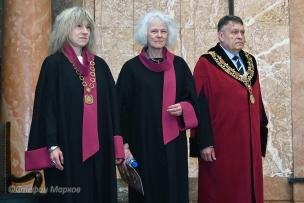
Awards and distinctions
Our event selection
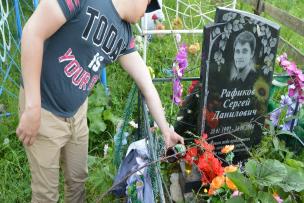
Inalco - Pôle des Langues et Civilisations (65, rue des Grands Moulins - Paris 13ème)
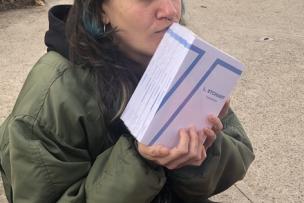
Librairie des Femmes 35 rue Jacob 75006 Paris


Inalco - Maison de la Recherche (2, rue de Lille - Paris 7ème)
